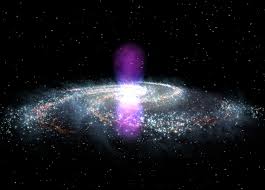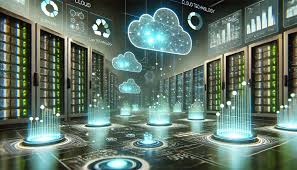Skip to content
- Home
- Technology
- Space Bubbles in the Milky Way: Exploring the Galactic Phenomena
- Overview of the Milky Way: Brief description of our galaxy, its structure, and components.
- Importance of Studying Galactic Phenomena: Why understanding structures like space bubbles is crucial for astrophysics.
- Introduction to Space Bubbles: Brief mention of the discovery and significance of these bubbles.
The Formation of Space Bubbles
- What Are Space Bubbles?
- Theoretical Models of Formation
- Discussion of models explaining how these bubbles might form.
- Role of supernova explosions, active galactic nuclei (AGN), and stellar winds in bubble formation.
Discoveries and Observations
- Initial Discoveries
- Historical context of the discovery of space bubbles.
- Key research papers and astronomers involved in the discovery.
- Technological Advances
- Overview of the telescopes and instruments used to observe the bubbles (e.g., MeerKAT, Fermi Space Telescope).
- Importance of multi-wavelength observations (radio, X-ray, gamma-ray).
The Structure of the Milky Way
- Galactic Composition
- Description of the components of the Milky Way (stars, gas, dust, dark matter).
- Role of the galactic center and its supermassive black hole.
- Mapping the Bubbles
- Detailed analysis of the bubbles’ location in relation to the galactic center.
- Visualization techniques and maps used by astronomers.
The Science Behind the Bubbles
- Physical Characteristics
- Size, shape, and temperature of the bubbles.
- Discussion on the synchrotron radiation emitted by electrons in the bubbles.
- Astrophysical Implications
- Impact of the bubbles on surrounding interstellar medium.
- Potential influence on star formation and galactic evolution.
The Connection to Cosmic Events
- Energetic Events in the Milky Way
- Analysis of supernova explosions, gamma-ray bursts, and other energetic phenomena associated with the bubbles.
- Galactic Feedback Mechanisms
- Explanation of how the bubbles might influence the galactic environment and the lifecycle of the Milky Way.
The Role of Supermassive Black Holes
- Black Holes and Galactic Dynamics
- Examination of the relationship between supermassive black holes and the formation of space bubbles.
- The Activity of Sagittarius A*
- Detailed discussion of Sagittarius A*, the supermassive black hole at the center of the Milky Way, and its potential role in creating the bubbles.
Comparative Studies
- Bubbles in Other Galaxies
- Overview of similar structures observed in other galaxies (e.g., Fermi bubbles in M87).
- What these comparisons reveal about galactic evolution.
Future Research Directions
- Upcoming Observations and Missions
- Discussion on future missions aimed at studying the Milky Way’s structure.
- Importance of international collaborations in astrophysical research.
- The Role of Artificial Intelligence and Big Data
- How AI and data analytics are transforming our understanding of cosmic phenomena.
Conclusion
- Summarization of Key Findings
- Recap of the significance of space bubbles in the context of the Milky Way.
- Final Thoughts
- The importance of ongoing research in uncovering the mysteries of our galaxy and beyond.
Post Views: 53




